

Tongan Countryside
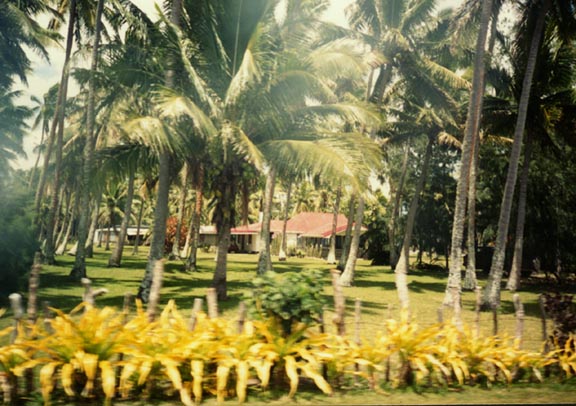

palm groves
In 1616 Dutch explorers became the first Europeans to visit Tonga. They were followed by the British explorer Captain James Cook, who made three visits between 1773 and 1777; Cook named Tonga the Friendly Islands, due to the welcome he received. Wesleyan Methodist missionaries arrived from England in the 1820s and began a successful conversion of the islanders.
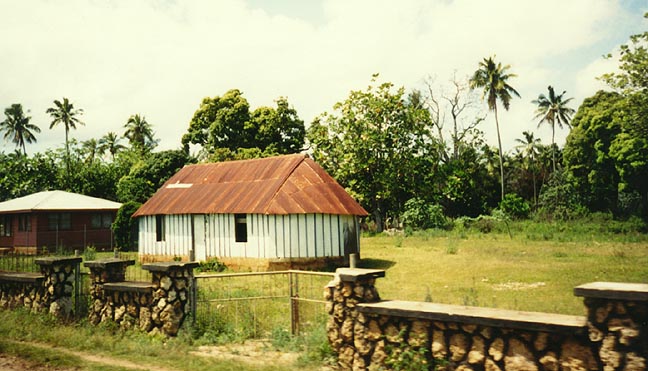
a residence
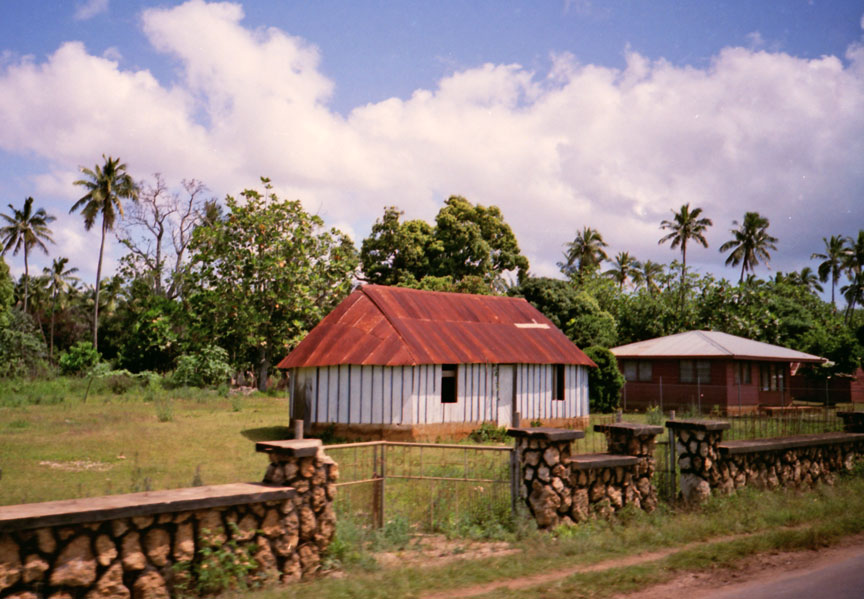
The missionaries converted paramount chief Taufa’ahau Tupou in
the 1830s
and he persuaded others to follow.
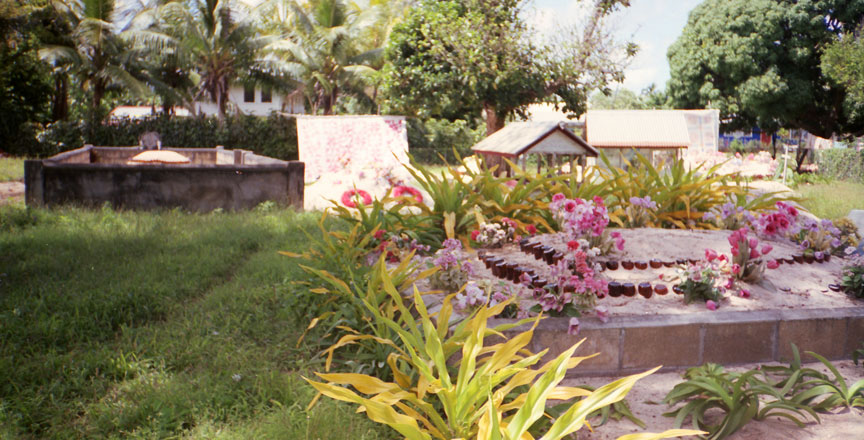
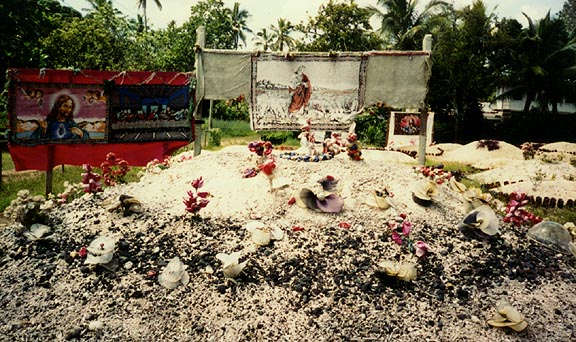
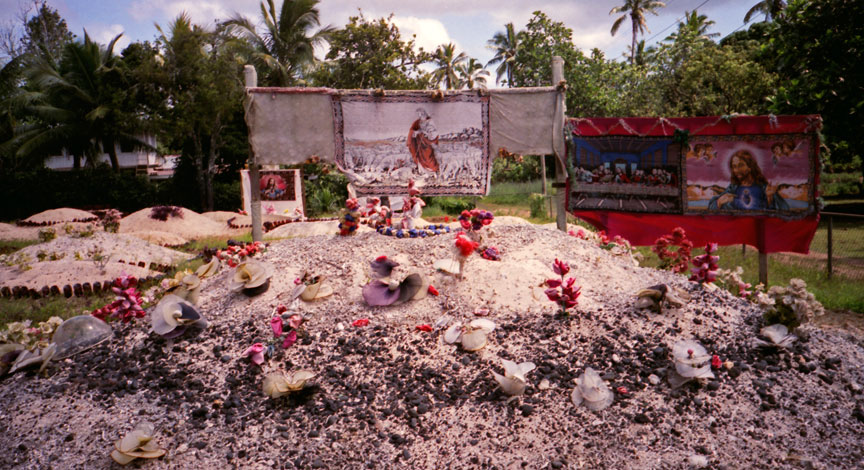

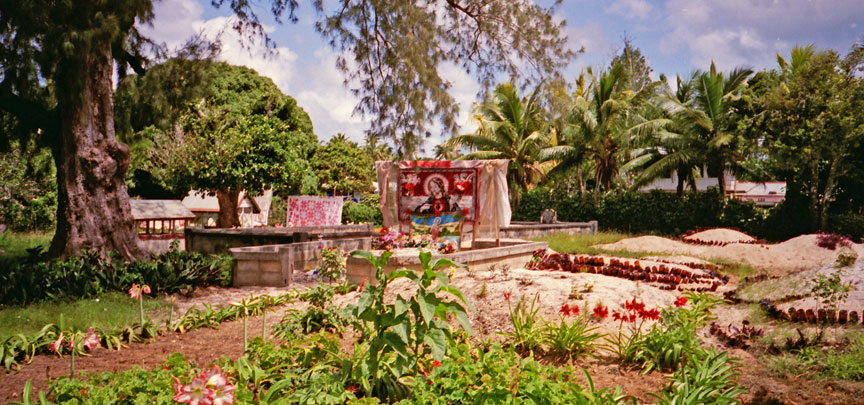
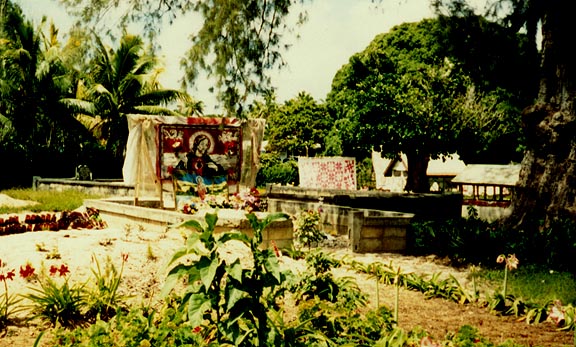
Christian grave sites
Tupou, who became known as George Tupou I, consolidated three chiefly lines and founded the monarchy in 1875. Upon his death, he was succeeded by his grandson, George Tupou II. Owing to internal strife on the islands, Tonga and the United Kingdom negotiated a Treaty of Friendship and Protection in 1900, establishing Tonga as a British Protected State. Great Britain had great influence over the kingdom for the next seven decades, but the country was never formally colonized.
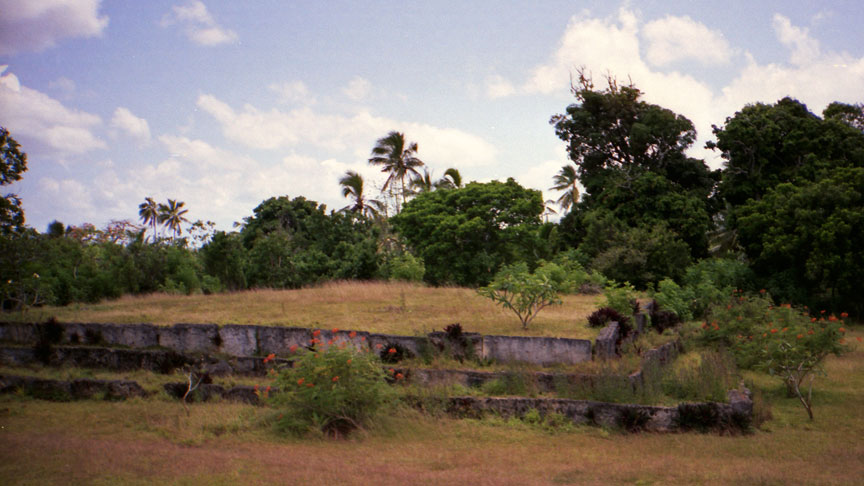
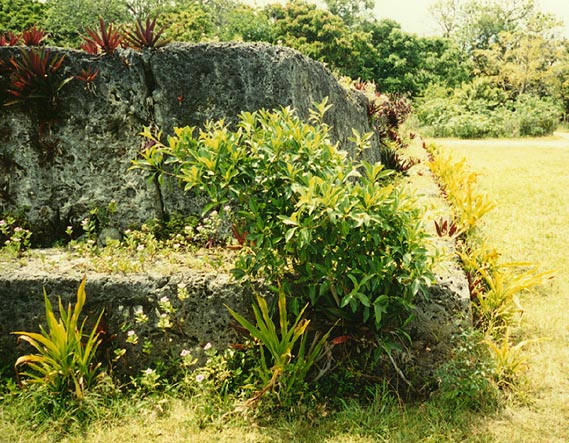
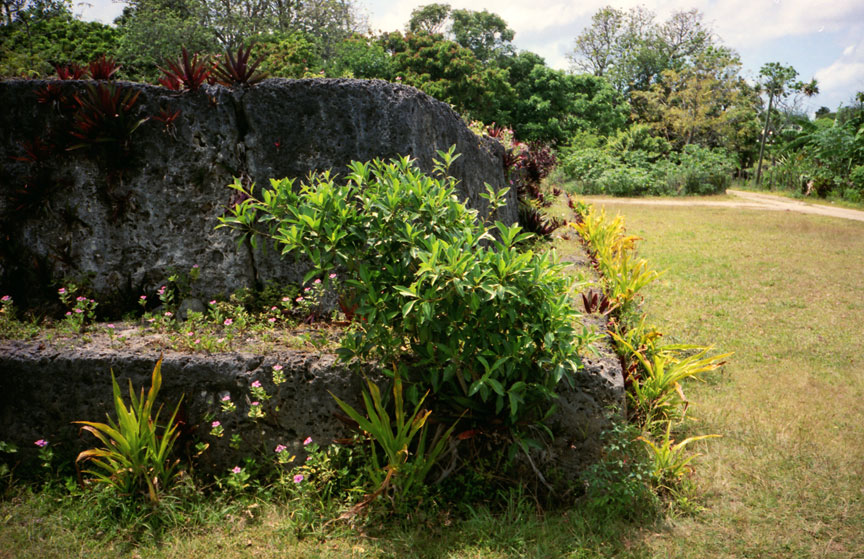
ancient Royal burial site
When Tupou II died in 1918, his daughter Queen Salote Tupou III succeeded to the throne. She in turn was succeeded by her son, the current monarch, King Taufa’ahau Tupou IV. On June 4, 1970, Tonga became completely independent of the United Kingdom.
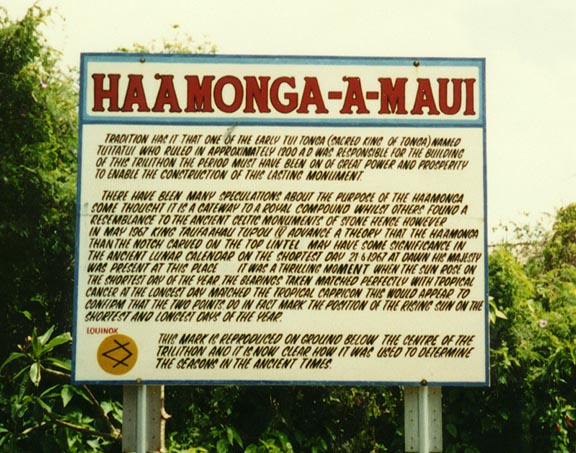
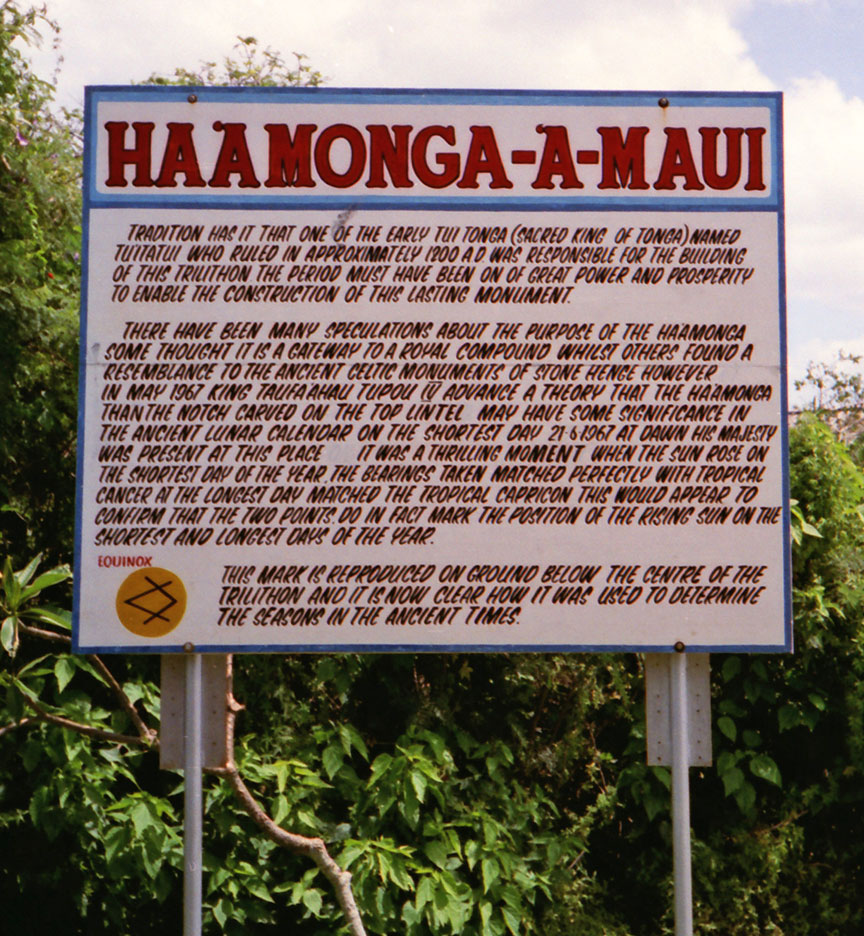
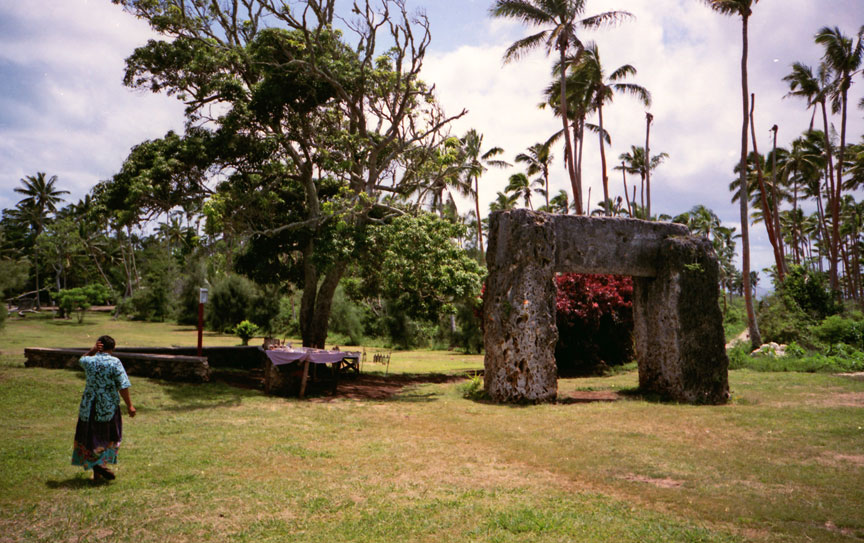
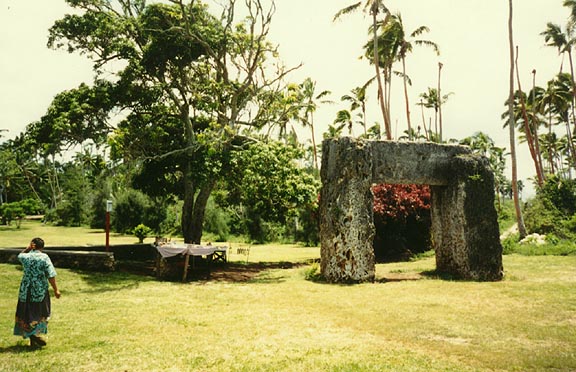
One of Tonga's most intriguing monuments, the Ha'amonga Trilathon was erected around 1200 A.D. The Trilathon is 5 meters high, and each coral-lime stone weighs more than 40 tons. It is preserved within a 23 acre National Historic Reserve.
![]()
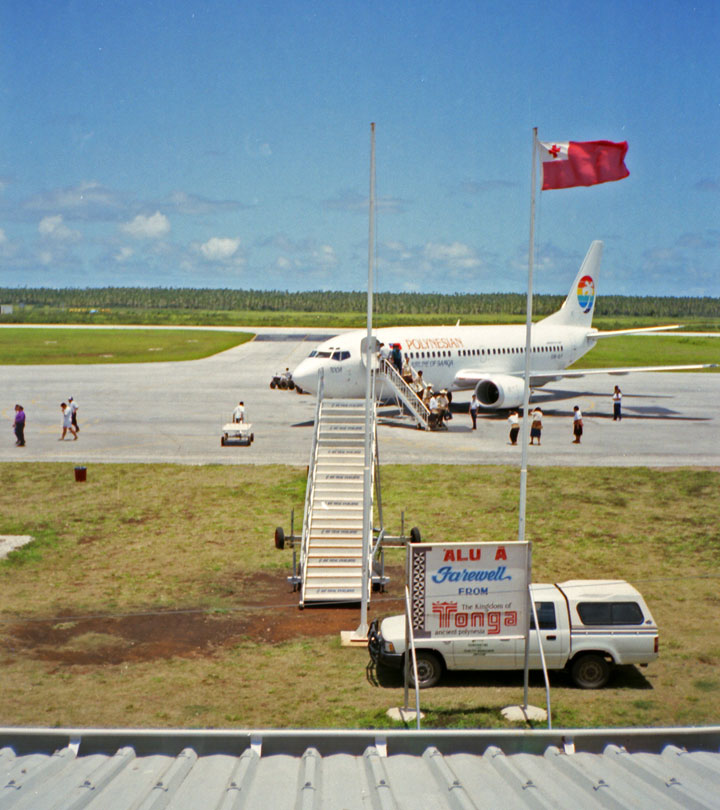
the international airport
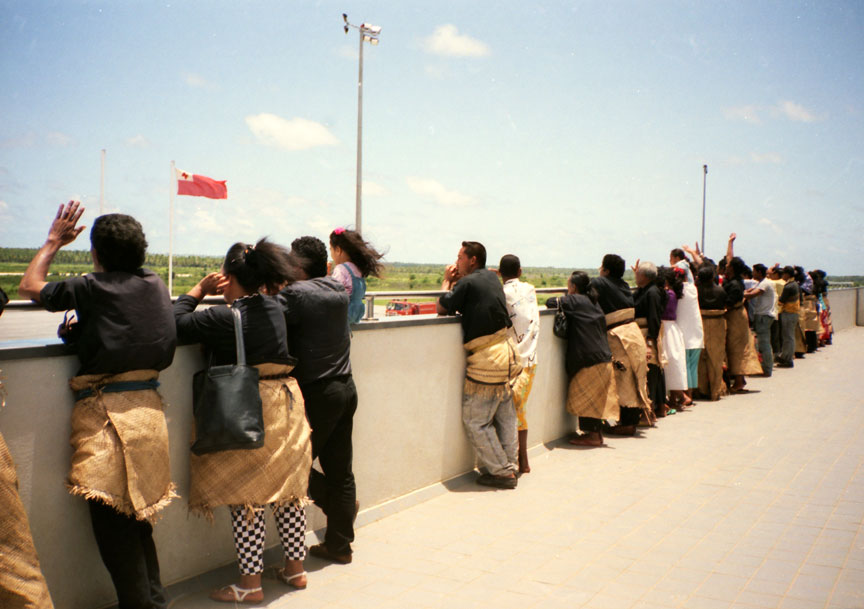
Tongans greeting arrivals
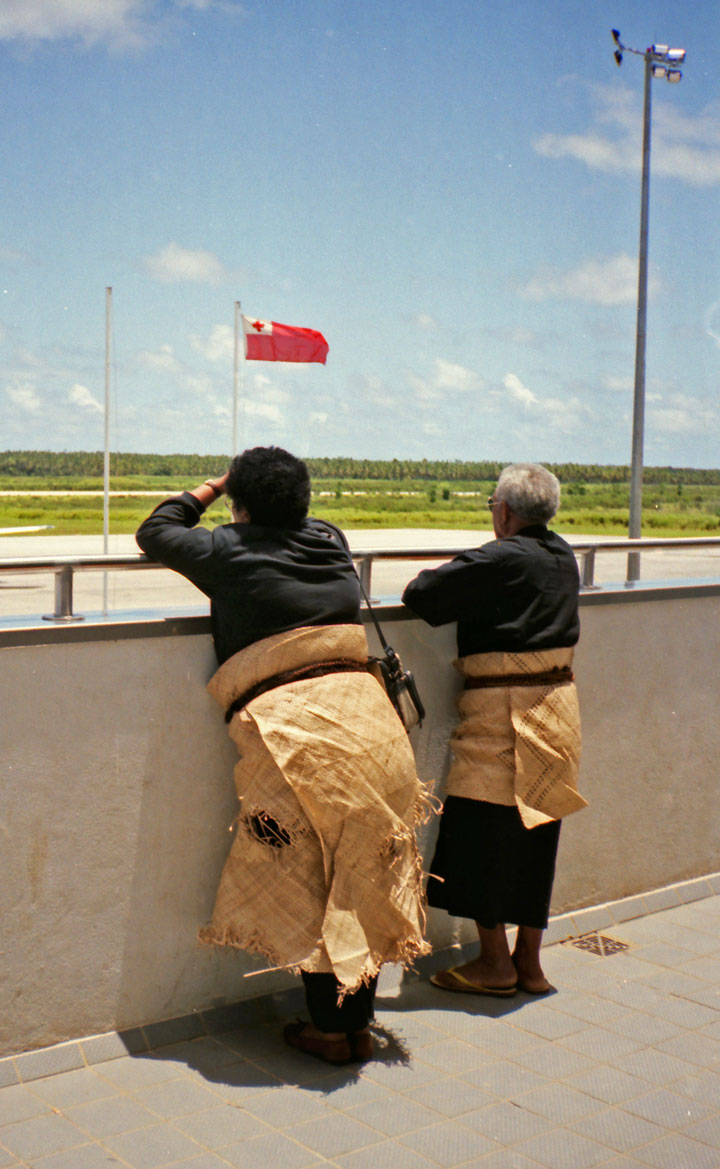
or saying farewell wearing traditional Tavalas.
![]()
![]()